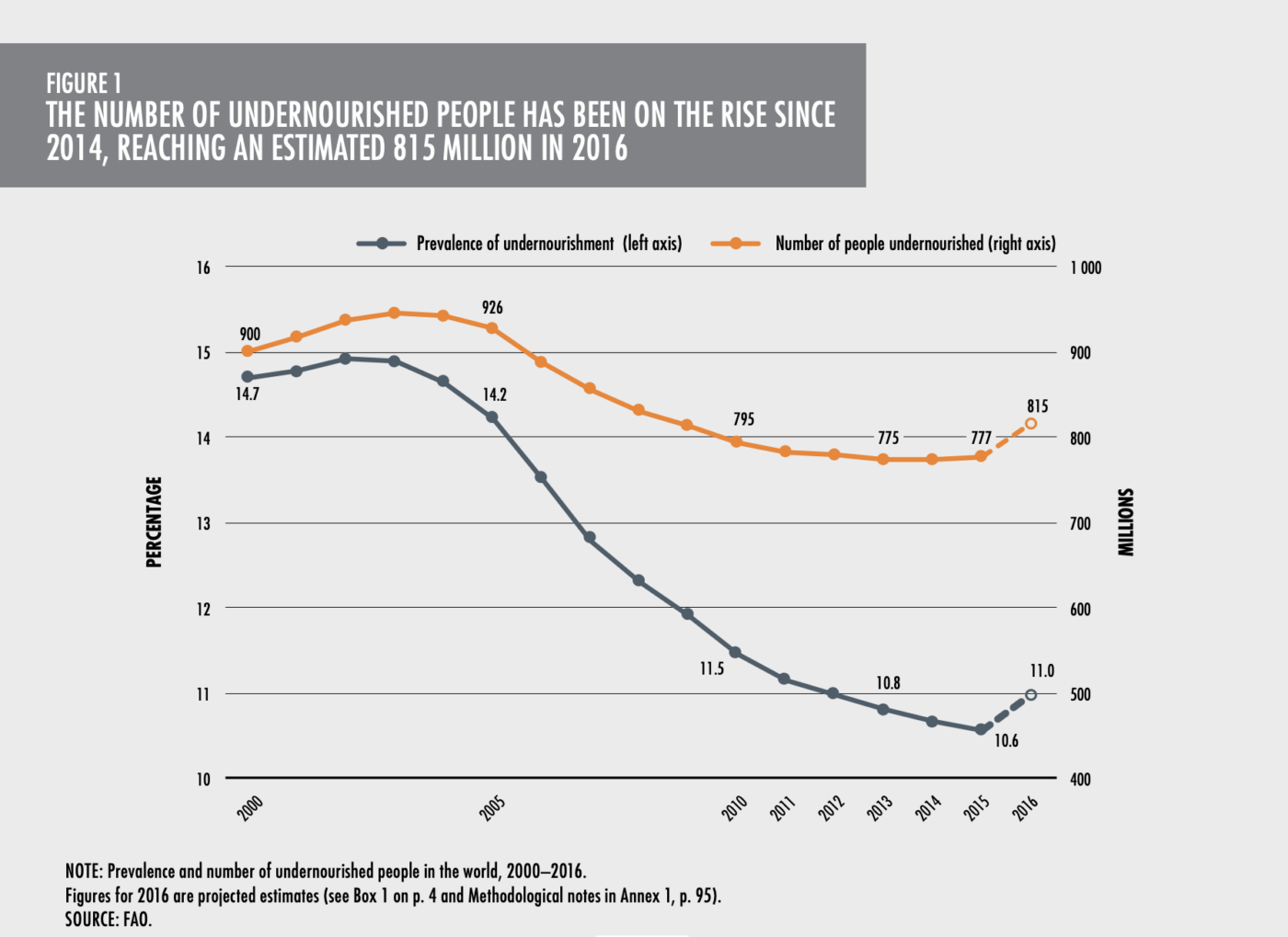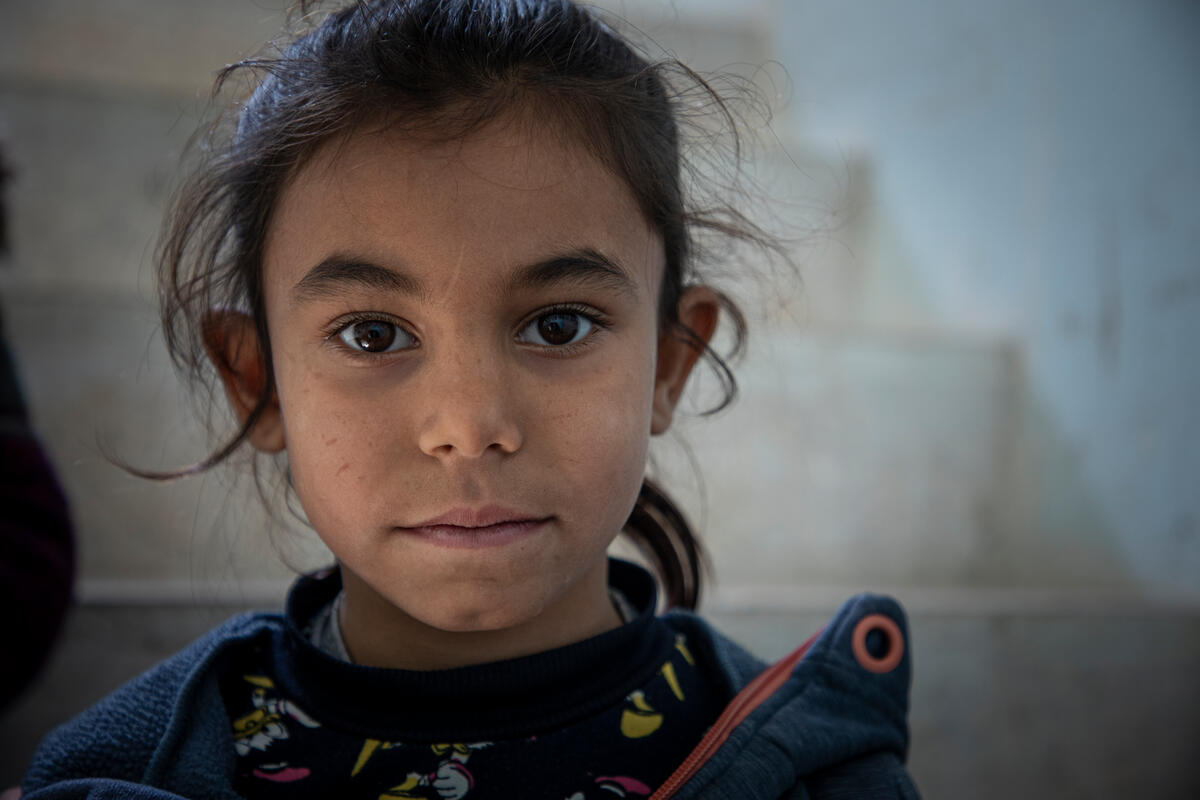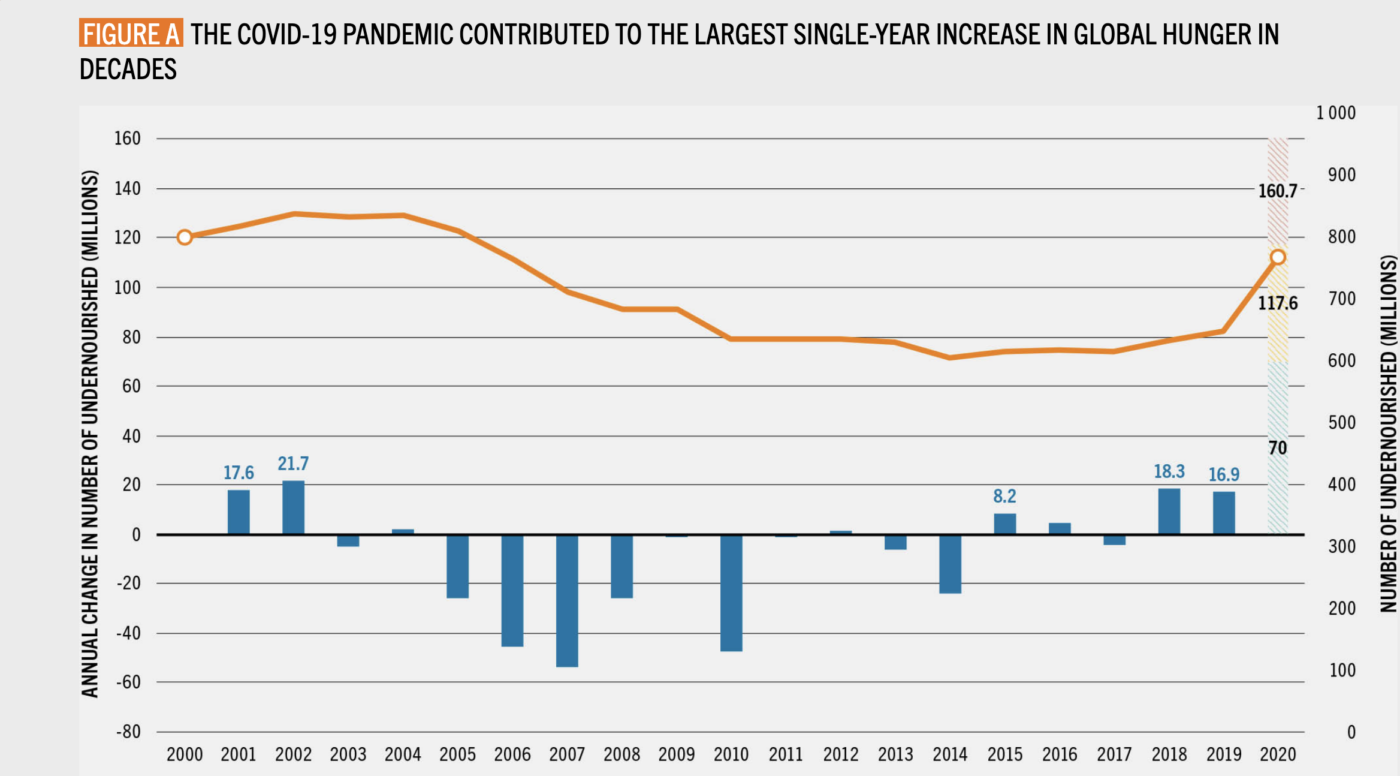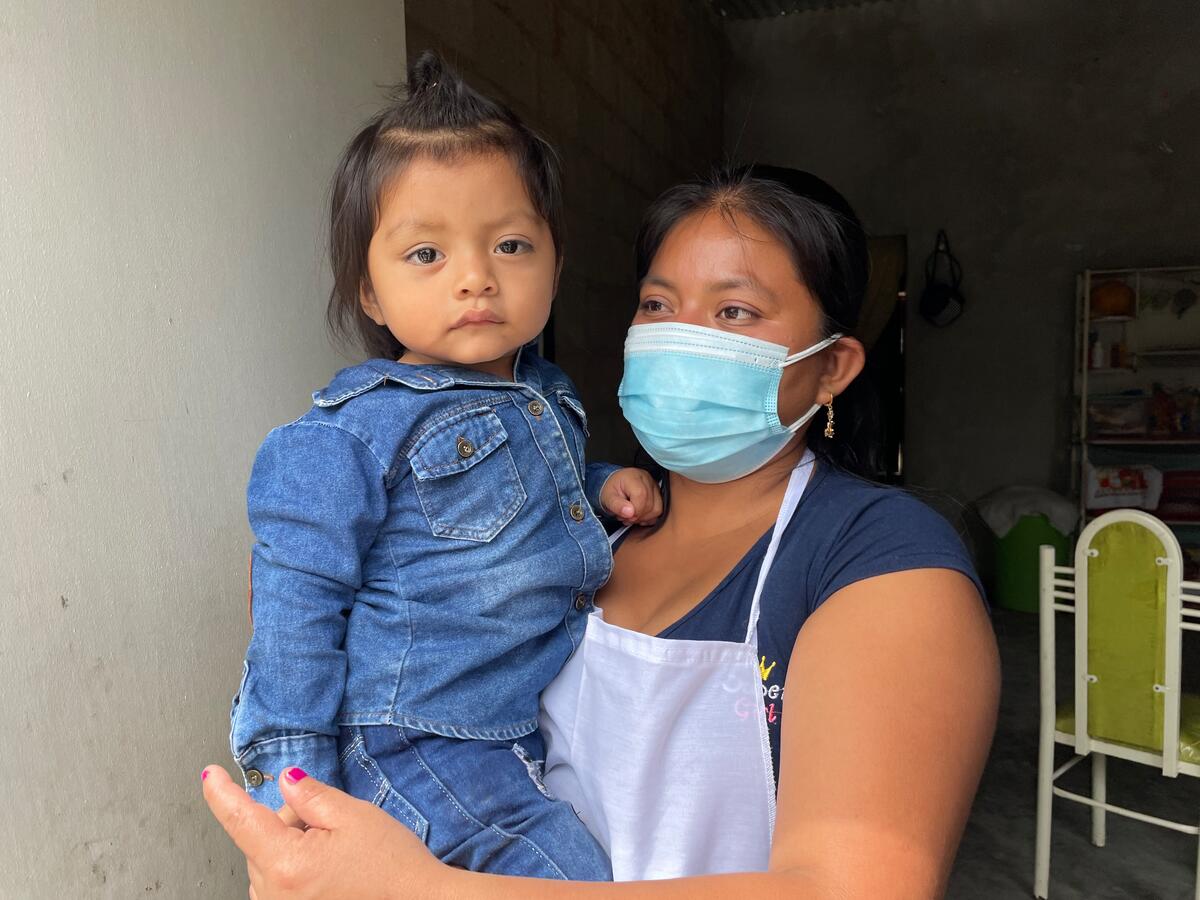Will World Hunger Be the Next Pandemic?

Over the past few years, we’ve grappled with the COVID-19 pandemic, which has affected not only health but all areas of society including employment, the global economy, poverty and hunger. Undoubtedly, it is the largest pandemic of this generation, impacting people on all continents and across all income levels — although not equally. So, it’s natural to worry if another pandemic is on the horizon. Will another threat spread at breakneck speed and affect as much of the world as the COVID-19 pandemic has?
The short answer is yes and it’s already here. But first, let’s define what a pandemic is. According to the World Health Organization, a pandemic is “an epidemic occurring worldwide, or over a very wide area, crossing international boundaries and usually affecting a large number of people.” An epidemic, as described by the Center for Disease Control, is a sudden increase in the number of cases of a disease in an area where it is not common. To sum up:
A pandemic is the sudden spread of a disease on a global level, affecting more than one continent.
So, when we ask the question “Will world hunger be the next pandemic,” we’re essentially asking if the illnesses that come with extreme hunger will quickly spread across the globe. The disturbing answer is that it’s already happening.
Global Hunger Is on the Rise
For over a decade, world hunger was on a steady decline. Through the work of the United Nations World Food Programme (WFP) and other organizations, the percent of the world’s population facing hunger dropped to its lowest point ever at 10.6% in 2015.
Then, in 2016, that amount increased to 11% — bringing the total number of hungry people to 815 million. It was a slight uptick, but the trend reversal after a consistent decline in global hunger was alarming.

Unfortunately, since 2015, world hunger has dramatically increased every year.
What Causes World Hunger to Increase?
There are a few concerning trends behind this reversal of progress in our fight against hunger.
1) Conflict is the primary cause of hunger and has been for many years. In 2016, when global hunger increased, more countries experienced violent conflict than at any other point in almost 30 years.
Conflict creates chaos which forces people to flee their homes, disrupts food production, destroys infrastructure and increases food prices. Hunger in turn breeds poverty, illness and desperation, setting up the environment for further conflict. It’s a vicious cycle.

The U.N. World Food Programme was awarded the Nobel Peace Prize in 2020 for our efforts to prevent the use of hunger as a weapon of war and our contributions to fostering peace in conflict-affected areas.
2) Extreme climate events are affecting the increase in hunger. The devastating impacts of climate change are becoming more apparent as the number of natural disasters have increased five times over in the past 50 years. Hurricanes, cyclones, typhoons, floods and droughts all destroy crops and livelihoods, putting already vulnerable people at greater risk of starvation and hunger.
Yet, in the last two years, another factor has sent hunger skyrocketing at a disastrous rate: the COVID-19 pandemic.
Learn more about the drivers of hunger.
The COVID-19 Pandemic Has Increased Poverty and Hunger
What was already a dire situation for millions of hungry people around the world was made worse with the pandemic. It compounded and exacerbated the existing drivers of hunger.
In 2020, COVID-19 was largely responsible for the sharpest increase in global hunger seen in years.

COVID-19 has disrupted supply chains, caused economic upheaval, closed schools and shuttered hospitals, all driving people deeper into hunger. It’s a viral pandemic that’s causing an even worse hunger pandemic.
How to Slow the Outbreak of World Hunger
The sharp rise in global hunger is just one example of our slowed progress towards reaching the Sustainable Development Goals by 2030, including creating a Zero Hunger world. The number of people dying from starvation has already far exceeded those who’ve perished from COVID-19.
In a statement to the Food Systems Summit in 2021, U.N. World Food Programme Executive Director David Beasley said, “We’ve had 4.7 million people die from COVID. At the same time, we had 16 million people die from hunger.”

If global hunger numbers continue to rise like they have in recent years, we will have a human catastrophe on our hands.
Currently, there are 811 million people in over 80 countries around the world who are hungry. Of those, 44 million people in 38 countries are on the edge of famine. If these numbers continue to rise like they have in recent years, we will have a global human catastrophe on our hands.
But hope is not lost. The U.N. World Food Programme is scaling up to meet the immediate needs of the world’s hungriest people while working with local communities to build resilience against future drivers of hunger. Programs such as food vouchers, school meals, skills training and reducing food loss help to strengthen local communities so they can weather the challenges ahead.
With the support of generous donors like you, we can once again reverse this trend of rising global hunger and save lives. Donate now to help us fight hunger and get involved here.




